Part I: Robert Bork’s Revenge
How the Supreme Court was remade in the image of the original Originalist.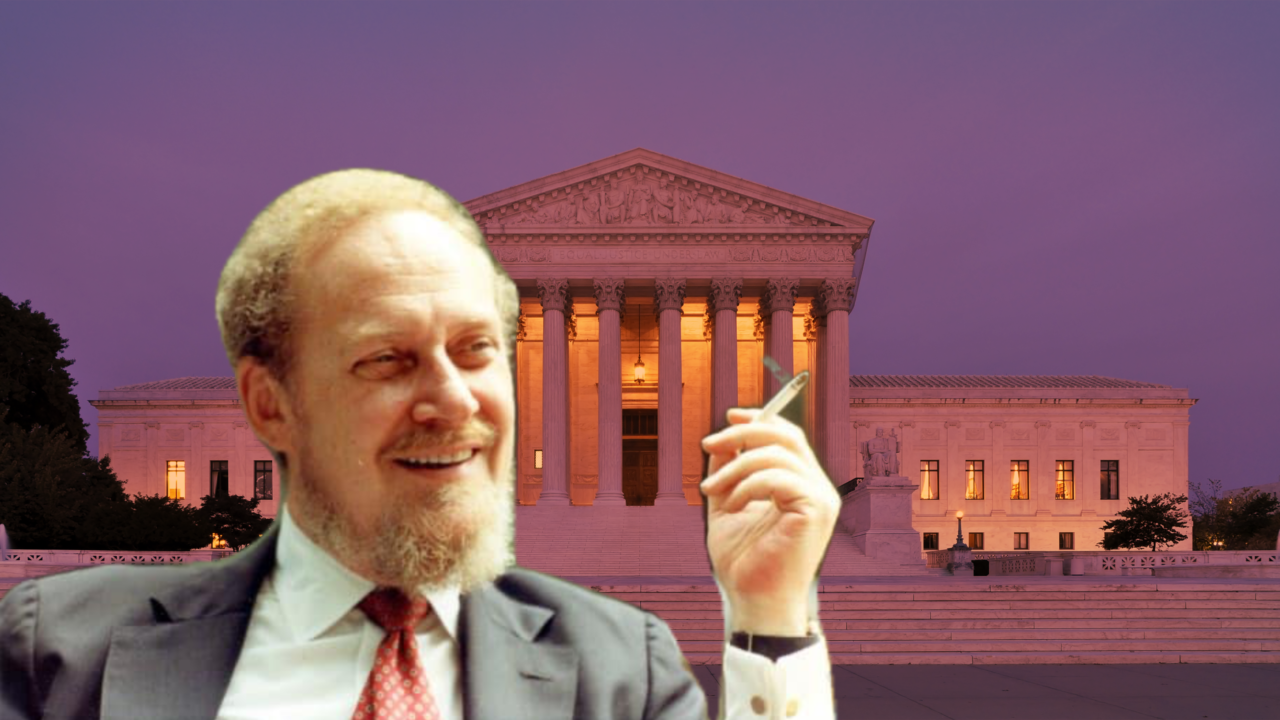 This is Part I of the "The Supreme Court’s War on the Future" Dig series
This is Part I of the "The Supreme Court’s War on the Future" Dig series
This is the first of a multi-part Dig series, The Supreme Court’s War on the Future, investigating how the Supreme Court was remade in the image of Robert Bork.
The Supreme Court and the Road to Minority Rule
We like to think of the Supreme Court as the guardian of fairness, protector of the little guy and upholder of the rule of law. It isn’t. With the exception of the Warren Court era and its immediate aftermath, throughout most of our history, the court has been the protector of the wealthy and the powerful, a defender of slavery (Dred Scott), racism (Plessy, Korematsu) and historical distortion (Heller on the Second Amendment). In the first article, I’ll explain how the Supreme Court has returned to its historical roots as an undemocratic, elitist and backward institution.
To fully appreciate and understand the Supreme Court’s hard cut to extremism, start with the failed nomination of Robert Bork in 1987. Bork never made it to the summit of the judiciary, but the legal theory of “originalism” he pioneered now thoroughly dominates the bench.
The Supreme Court’s controlling majority of six Republican activists has embraced originalism as an article of faith and practice. Under the stewardship of Chief Justice John Roberts, the court has deployed its tools and techniques to reinterpret the Constitution and create a legacy of legal devastation with a series of landmark rulings on voting rights, gerrymandering, union organizing, the death penalty, environmental protection, gun control, abortion and campaign finance. The court’s current session, which opened in early October, promises to deliver more of the same, with cases on “religious liberty” and LGBTQ discrimination, the “independent state legislature” doctrine, affirmative action and more.
Roberts and company are Bork’s ideological offspring and revenge. Their jurisprudence is the culmination of a project that began with Bork long before his rejection by the Senate.
Bork became a proponent of originalism while he was a professor at Yale Law School in the 60s and early 70s. His version of the theory held that judges should interpret the Constitution and decide cases strictly according to the original intent of the framers, rather than according to evolving standards of morality, fairness and due process.
In March 1973, while on hiatus from Yale, Bork joined the Nixon administration as solicitor general. In October of that year, he was named acting attorney general and subsequently followed Nixon’s orders to fire Archibald Cox, the first Watergate special prosecutor, in what became known as the “Saturday Night Massacre”. In 1982, Ronald Reagan appointed Bork to the District of Columbia Circuit Court of Appeals, a position he held until 1988.
As a primary architect of originalism, Bork had become by the mid-1980s — along with Ed Meese, Reagan’s attorney general — the face of a legal counterrevolution aimed at reversing the expansion of civil rights and liberties that had been achieved during Chief Justice Earl Warren’s tenure on the court (1953-1969). His mission was to turn back the judicial clock to a pre-New Deal version of the United States.
A prolific writer as both an academic and an appellate judge, Bork argued at various points in his career that the Constitution contained no implied right to privacy, that Roe v. Wade was wrongly decided, and the Civil Rights Act of 1964 was unconstitutional. He also rejected the “one person, one vote” principle of legislative districting. Bork’s outspokenness and abrasive demeanor set him apart from the growing corps of conservative lawyers and legal scholars that were coalescing in the 1980s, making him a vulnerable target for Democrats determined to keep him off the nation’s highest judicial body.
* * *
The campaign to torpedo Bork’s nomination took shape quickly. On July 1, 1987, the day Reagan proudly announced Bork’s nomination, Sen. Ted Kennedy (D-Mass) took to the senate floor to denounce Bork’s selection to replace retiring conservative jurist Justice Lewis Powell. (Powell is best remembered in progressive circles for a confidential memo he penned in 1971 urging business leaders to become more involved in high-stakes litigation and the selection of judges, advice that led to the formation of institutions such as the Business Roundtable, the Heritage Foundation, the Pacific Legal Foundation, the Cato Institute, the Federalist Society and the Chamber of Commerce National Litigation Center.)
In words that would come to doom Bork’s nomination and spark a roiling debate about originalism that continues to this day, Kennedy decried what he called “Robert Bork’s America” as “a land in which women would be forced into back-alley abortions, blacks would sit at segregated lunch counters, rogue police could break down citizens’ doors in midnight raids, schoolchildren could not be taught about evolution, writers and artists would be censored at the whim of government, and the doors of the federal courts would be shut on the fingers of millions of citizens for whom the judiciary is often the only protector of the individual rights that are the heart of our democracy.”
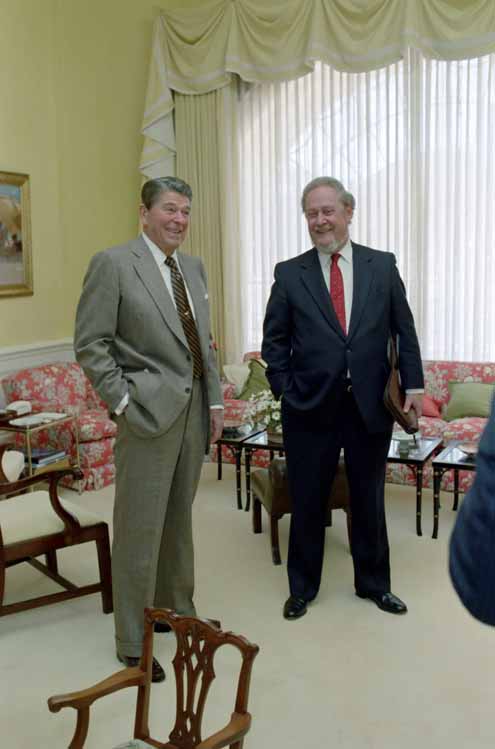
For 12 days in September, the Senate Judiciary Committee debated Bork’s qualifications, and heard five days of candid testimony from Bork himself. Much of the scrutiny focused on originalism as a method of constitutional interpretation and judicial decision-making. The prominent constitutional scholars that testified against Bork included Professor Laurence Tribe of Harvard and Professor Philip Kurland of the University of Chicago, who had worked as a consultant to the Senate Judiciary Committee during the Watergate investigation.
Outside the D.C. Beltway, another fierce battle took place. By the time the Senate hearings commenced, anti-Bork forces had raised a war chest of $12 million. In a manner similar to today’s political campaigns, the money was spent on focus groups, opinion polls, media consultants and especially on print, radio and TV advertising.
A newspaper ad taken out by the National Abortion Rights Action League asserted a vote for Bork was the equivalent of voting for a politician who threatened to reverse “every advance women have made in the 20th century.” Similar ads were placed by the National Education Association and Planned Parenthood.
Most devastating of all was a 60-second television spot paid for by People for the American Way and narrated by the famed actor Gregory Peck. In his best Atticus Finch voice, Peck sounded the tocsin:
“Robert Bork wants to be a Supreme Court justice, but the record shows he has a strange idea of what justice is. He defended poll taxes and literacy tests which kept many Americans from voting. He opposed a civil rights law that ended “whites only” signs at lunch counters. He doesn’t believe the Constitution protects your right to privacy. And he thinks that freedom of speech does not apply to literature and art and music. Robert Bork could have the last word on your rights as citizens. But the Senate has the last word on him.”
On the other side of the divide, Reagan went to great lengths to salvage the nomination, describing Bork’s appointment as his “top domestic priority.” But even the “Great Communicator” couldn’t get his message to resonate. Public opinion, which trended slightly in favor of Bork in early September, turned decisively against him by the end of the month. A Tribune Media poll released on Sept. 28 showed the public opposed the nomination by nearly a 2-to-1 margin.
Bork’s prospects officially came to an end on Oct. 23, 1987. With six Republicans crossing party lines, the full Senate turned thumbs down against him by a vote of 58-42, the most lopsided vote against a high court candidate in U.S. history. His fall from grace was colossal. Ever since, judicial nominees have come to be wary of being “Borked,” a term that has entered the lexicon as a synonym for rejection in the face of adverse publicity and harsh cross-examination. Bork resigned from the Court of Appeals in 1988 and returned to academia, becoming a dyspeptic critic of liberalism, bemoaning the decline of Western culture, which he addressed with special bile in his book, Slouching Toward Gomorrah: Modern Liberalism and American Decline (1996). He died in relative obscurity in 2012.
* * *
Bork was defeated, but originalism lived on. Even before his nomination, the theory had established a beachhead on the court with the confirmation of Antonin Scalia in 1986. Although Scalia was in many ways as doctrinaire as Bork, the Senate unanimously confirmed him 98-0 on the same day it voted in favor of William Rehnquist’s elevation to the position of chief justice by a margin of 65-33. Having spent their capital in a losing bid to block Rehnquist, Senate Democrats were either too dispirited, disorganized or not yet fully aware of the dangers and potency of originalism to put up a fight against the first Italian-American justice. Compared to the treatment Rehnquist and Bork received, Scalia’s confirmation hearing was a lovefest.
Scalia was nine years younger than Bork and had served with him on the D.C. Court of Appeals. Scalia also had a background in academia. In 1982, as a law professor at the University of Chicago, Scalia helped organize one of the first chapters of the Federalist Society, and became the chapter’s faculty advisor. He remained active in the society as a coveted speaker and symposium guest until his passing in 2016.
In 1991, the Senate narrowly confirmed another self-declared originalist and Federalist Society member, Clarence Thomas, after a bitter confirmation hearing highlighted by Anita Hill’s explosive allegations of sexual harassment. Nominated by President George W. Bush, Thomas also came to the high court by way of the D.C. circuit, but had produced only a modest paper trail, obscuring his future political machinations. Two years later, however, according to The New York Times, Thomas told two of his law clerks that he planned to serve on the court until 2034, and until then would make the lives of liberals “miserable.”
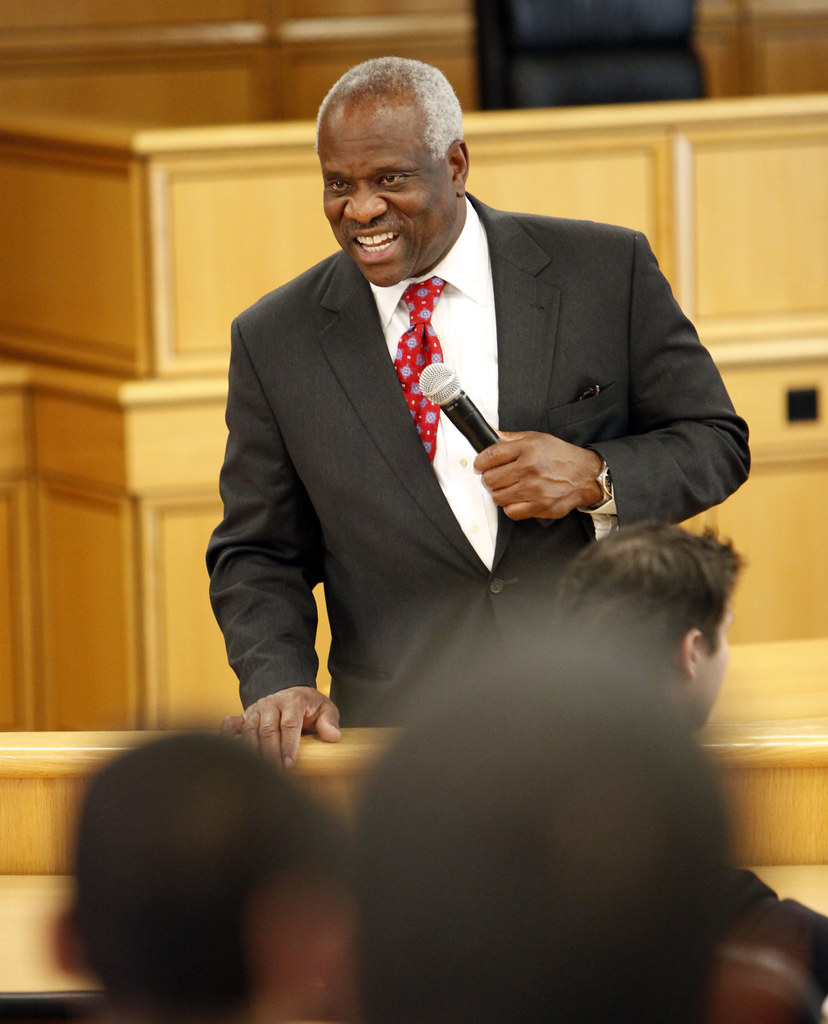
Photo: Stetson University / Flickr / CC BY-NC-ND 2.0
Scalia and Thomas brought a new brand of originalism to the court that arose in response to critics who charged that the actual intentions of the framers of the Constitution were too varied, conflicting and often ambiguous to serve as a basis for judicial decision-making. Instead of emphasizing original intent, they and other “new originalists” focused on the “original public meaning” of Constitutional provisions, which, they contended, could be ascertained from the recorded debates of the founding era and from such sources as late 18th-century dictionaries. The key, as law professors Michael Rappaport of the University of San Diego and John McGinnis of Northwestern University, explained in an influential 2007 law review article would be to determine “how a reasonable person at the time of the Constitution’s adoption would have understood its words and how they thought they should be interpreted.”
All originalists — whether of the old or new stripe — contend that their approach limits the subjectivity of judges and acts as a restraint on judicial activism.
In fact, originalism does nothing of the sort. Fordham University history professor Saul Cornell summed up the fatal flaws of the theory in a scathing 2011 Dissent article, New Originalism: A Constitutional Scam. The first academic iteration of Originalism, Cornell wrote, rested on “shaky historical foundations” because the Founders “did not speak with a single voice on most constitutional questions.” New Originalism, embodied by the more activist Federalist Society, was in Cornell’s estimation even more dubious, amounting to “little more than an intellectual shell game in which contemporary political preferences are shuffled around and made to appear part of the Constitution’s original meaning.”
Result-oriented judging, of course, has existed from the earliest days of the republic. Originalism in a nascent form existed long before the term was attached to a specific legal philosophy in the latter part of the 20th century. One of its earliest expressions came in the Dred Scott case of 1857, perhaps the most odious decision ever issued by the Supreme Court, which held that Black Americans of African descent could never be U.S. citizens. Plessy v. Ferguson, the 1896 decision that upheld the constitutionality of racial segregation even after the ratification of the 13th, 14th, and 15th amendments, is another originalist landmark.
Originalism in a nascent form existed long before the term was attached to a specific legal philosophy in the latter part of the 20th century. One of its earliest expressions came in the Dred Scott case of 1857, perhaps the most odious decision ever issued by the Supreme Court, which held that Black Americans of African descent could never be U.S. citizens.
As the court entered the second decade of the 21st century, however, it remained divided between conservatives, liberals and centrists, often dividing 5-4 in major rulings. The ascension of Donald Trump as the 45th president in 2016 and the death of Justice Ruth Bader Ginsburg in 2020 radically altered the balance.
During the 2016 presidential campaign, Trump promised that, if elected, his judicial nominees would “all [be] picked by the Federalist Society.” Before the election, Trump released two lists of Supreme Court candidates, both compiled by the Federalist Society and the far-right Heritage Foundation.
After the election, Trump proved for once true to his word, meeting with Leonard Leo, then the Federalist Society’s executive vice president, to map out plans for selecting Scalia’s successor. Soon thereafter, Leo took a leave of absence from the society to formally advise Trump on the confirmation process for both Neil Gorsuch, who succeeded Scalia, and Brett Kavanaugh, who replaced the retiring centrist Anthony Kennedy. Leo had done the same in 2005-06, counseling President George W. Bush on the nominations of Roberts and Samuel Alito.
It’s easy to understand why Trump was attracted to the Federalist Society. From its fledgling beginnings as a debating club at a handful of elite law schools in the early 1980s, the society had mushroomed into a nationwide network of 70,000 economic, social and Christian conservatives, along with right-wing libertarians, organized in lawyers’ chapters in 90 cities, and with student affiliates in nearly every major law school. No longer a shoestring operation, the society’s 2016 budget exceeded $26 million, raised in large part from contributions by right-wing philanthropists like the Koch brothers and other deep-pockets like the Mercer, Scaife, and Lynde and Harry Bradley foundations.
Trump also pledged during the 2016 campaign that his Supreme Court nominees would be “originalists” in the mold of Scalia. He fulfilled that pledge, too, with the selection of Gorsuch, Kavanaugh and, finally, Amy Coney Barrett. Barrett’s confirmation in 2020 brought the number of former or current Federalist Society members on the tribunal to six. (Though Roberts says he doesn’t recall belonging to the Federalist Society, the group listed him as a member in its 1997-98 directory.)
For the most part, Barrett followed the post-Bork strategy of other high-court nominees, refusing in her confirmation hearing to give direct answers to important questions such as whether the Constitution requires a peaceful transfer of power, or if a president can pardon himself for federal crimes.
New Originalism, embodied by the more activist Federalist Society, was in Cornell’s estimation even more dubious, amounting to “little more than an intellectual shell game in which contemporary political preferences are shuffled around and made to appear part of the Constitution’s original meaning.”
But when asked by Sen. Diane Feinstein (D-CA) what it means to be an originalist, Barrett readily replied: “In English, that means that I interpret the Constitution as a law and that I interpret its text as text, and I understand it to have the meaning that it had at the time people ratified it. So that meaning doesn’t change over time, and it’s not up to me to update it or infuse my own policy views into it.” In an exchange with Sen. Amy Klobuchar (D-MN), she also revealed that Roe v. Wade was not a precedent the court could never reconsider and overrule.
And so, the stage was set for the court to implement an even more regressive form of originalism. In June, it handed down its opinions in Dobbs v. Jackson Women’s Health Organization and New York Rifle & Pistol Association v. Bruen. In Dobbs, the court not only upheld a restrictive Mississippi abortion law, but finally made the far right’s fevered dream of overturning Roe v. Wade and Planned Parenthood v. Casey come true. In Bruen, the court struck down a century-old New York state regulation on concealed handgun permits as violative of the Second Amendment.
In both cases, the court abandoned the traditional methods of judicial scrutiny that require judges to determine the constitutionality of challenged laws by balancing the governmental interests advanced by the laws in question against the competing rights of individuals affected by the laws. In place of interest-balancing, the court substituted a test based exclusively on the Justices’ highly selective reading of history and their sense of tradition.
Writing for a 5-4 majority in Dobbs, Alito advanced the march toward right-wing judicial supremacy, declaring that both Roe and Casey were “egregiously wrong from the start” because the word “abortion” doesn’t appear anywhere in the first eight amendments to the Constitution, or anywhere else in the text. He also held that abortion cannot be considered an implied or “unenumerated” fundamental right under the 14th Amendment’s due process clause — as Roe and Casey both held — because it is not “deeply rooted in [our] history and tradition.” As a result, he concluded, the court was free to overrule Roe and Casey unconstrained by the doctrine of stare decisis, which holds that judges should adhere to precedent.
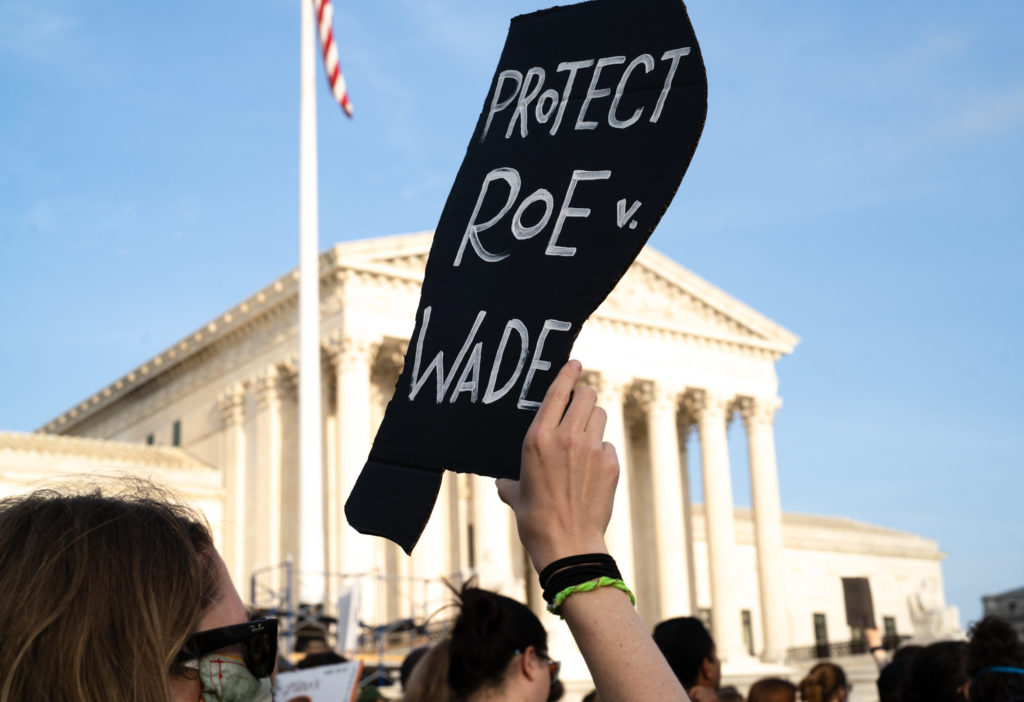
Instead of respecting precedent, Alito reached deep into the bowels of Anglo-American common law to override it. He cited, among other sources, the work of Henry de Bracton, a 13th-century English cleric and judge who condemned abortions as homicide, and a 17th-century English jurist who described abortion as a “great crime” and sentenced at least three women to death for witchcraft. By the time the 14th Amendment was ratified in 1868, Alito raged on, “three-quarters of the States [had] made abortion a crime at all stages of pregnancy,” in order to prove his point that abortion rights are not deeply rooted in our history.
The only solution, in Alito’s view, was to strip abortion of its Constitutional protections and return the issue to “the people’s elected representatives,” opening the door to state abortion bans and the possibility of a future federal statute outlawing abortion nationwide.
Alito’s reading of history was shoddy. Not only did he give no weight to the 50 years that Roe had been the law of the land, but he ignored the actual early history of abortion rights in America. As University of Illinois history professor Leslie J. Reagan explained in her definitive study, When Abortion Was a Crime, “During the eighteenth and early nineteenth centuries…abortions were illegal only after ‘quickening,’ the point at which a pregnant woman could feel the movements of the fetus (approximately the fourth month of pregnancy).”
Repudiating Roe and Casey was also unnecessary. The court easily could have upheld the Mississippi statute, which outlawed almost all abortions after 15 weeks, without scrapping the federal right entirely, as Roberts urged in a separate opinion.
Clarence Thomas wrote the 6-3 opinion in Bruen, which was joined by all the court’s Republican appointees, including Roberts. Like Alito, Thomas applied a specious history and tradition test to strike down New York’s long-standing handgun permit system. In so doing, he dismissed the broad history of gun regulation in the U.S., dating back to the earliest days of the republic. As Fordham’s Professor Cornell, one of the foremost authorities on the actual history of the Second Amendment, observed in a critique of Bruen published by SCOTUSBlog:
“The originalist methodology applied by Thomas has one set of rules that apply to interpreting legal texts that support gun rights, and another more demanding set of standards that apply to those that undermine them. The Thomas version of originalism might be summarized as follows: No amount of evidence is enough to support gun control, but no iota of evidence is too little to legitimate gun-rights claims. If one of the goals of originalism was to limit judicial discretion (a value few originalists continue to espouse now that they have a supermajority on the court), then the Thomas rule does the opposite. It provides a license to cherry-pick evidence with reckless abandon if the materials support the ideological agenda of the Federalist Society.”
Combined with the public leak of the draft of Alito’s Dobbs opinion in May and the fast-brewing scandal involving the role of Ginni Thomas in events related to the Jan. 6 insurrection, the court’s move to the right has triggered a crisis of legitimacy. In increasing numbers, Americans have lost trust in the court as an institution, and have come to see it correctly as a political body rather than an impartial arbiter of justice. The Dobbs decision is deeply unpopular, with 60% of respondents in recent rolls disapproving of the ruling. According to a June Gallup survey, Americans’ confidence in the court has plummeted to a new low. A mere 25% of respondents told Gallup they had “a great deal” or “quite a lot” of confidence in the Court.
And more bad decisions are on the horizon. In his concurring opinion in Dobbs, Thomas called upon his benchmates to revisit such privacy-based precedents as the right to contraception (Griswold v. Connecticut, 1965), the right to engage in same-sex intimacy (Lawrence v. Texas, 2003), and the right to same-sex marriage (Obergefell v. Hodges, 2015). Thomas and Gorsuch are also on record as favoring reconsideration of New York Times v. Sullivan (1964), another product of the Warren Court that shields the media from potentially crippling defamation lawsuits. Reaching even farther into the future, originalist academics such as the University of San Diego’s Rappaport have questioned the constitutionality of Social Security and Medicare.
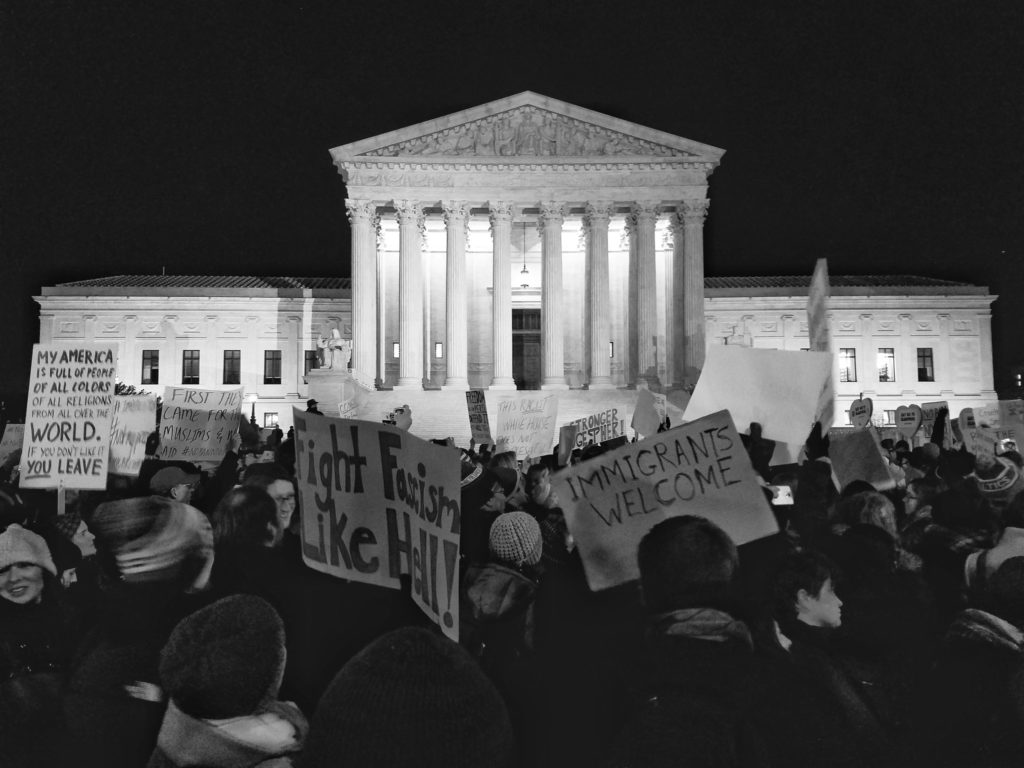
There is a better and more reality-centered way to adjudicate constitutional issues. Originalism’s rival, known variously as “living or dynamic constitutionalism,” asserts that while the text of the Constitution may be the starting point of any analysis, the meaning of the Constitution should evolve over time and accommodate contemporary values, social needs and changing traditions.
A good example of the alternative can be found in Kennedy’s majority opinion in Obergefell. As the court’s swing justice, Kennedy sometimes adopted originalism, as he did in his 2010 opinion in Citizens United v. F.E.C. In Obergefell, he took a full-throated living constitutionalism approach, writing:
“The nature of injustice is that we may not always see it in our own times. The generations that wrote and ratified the Bill of Rights and the Fourteenth Amendment did not presume to know the extent of freedom in all of its dimensions, and so they entrusted to future generations a charter protecting the right of all persons to enjoy liberty as we learn its meaning.”
It is no small irony that Kennedy was nominated to the court after Bork was defeated. But Kennedy retired in 2018, replaced by Kavanaugh, whose confirmation Senate Democrats were unable to halt.
There’s no denying the future of the Supreme Court looks grim. Still, as the successful fight against Bork long ago demonstrated, hope should never be abandoned. With enough public pressure and effective organizing, the court can be reformed and brought to serve the nation’s needs in the 21st century.
The prospects for reform will be the subject of part II of this series.
Your support matters…Independent journalism is under threat and overshadowed by heavily funded mainstream media.
You can help level the playing field. Become a member.
Your tax-deductible contribution keeps us digging beneath the headlines to give you thought-provoking, investigative reporting and analysis that unearths what's really happening- without compromise.
Give today to support our courageous, independent journalists.



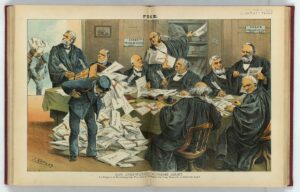
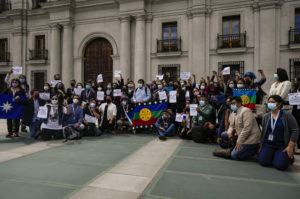




You need to be a supporter to comment.
There are currently no responses to this article.
Be the first to respond.